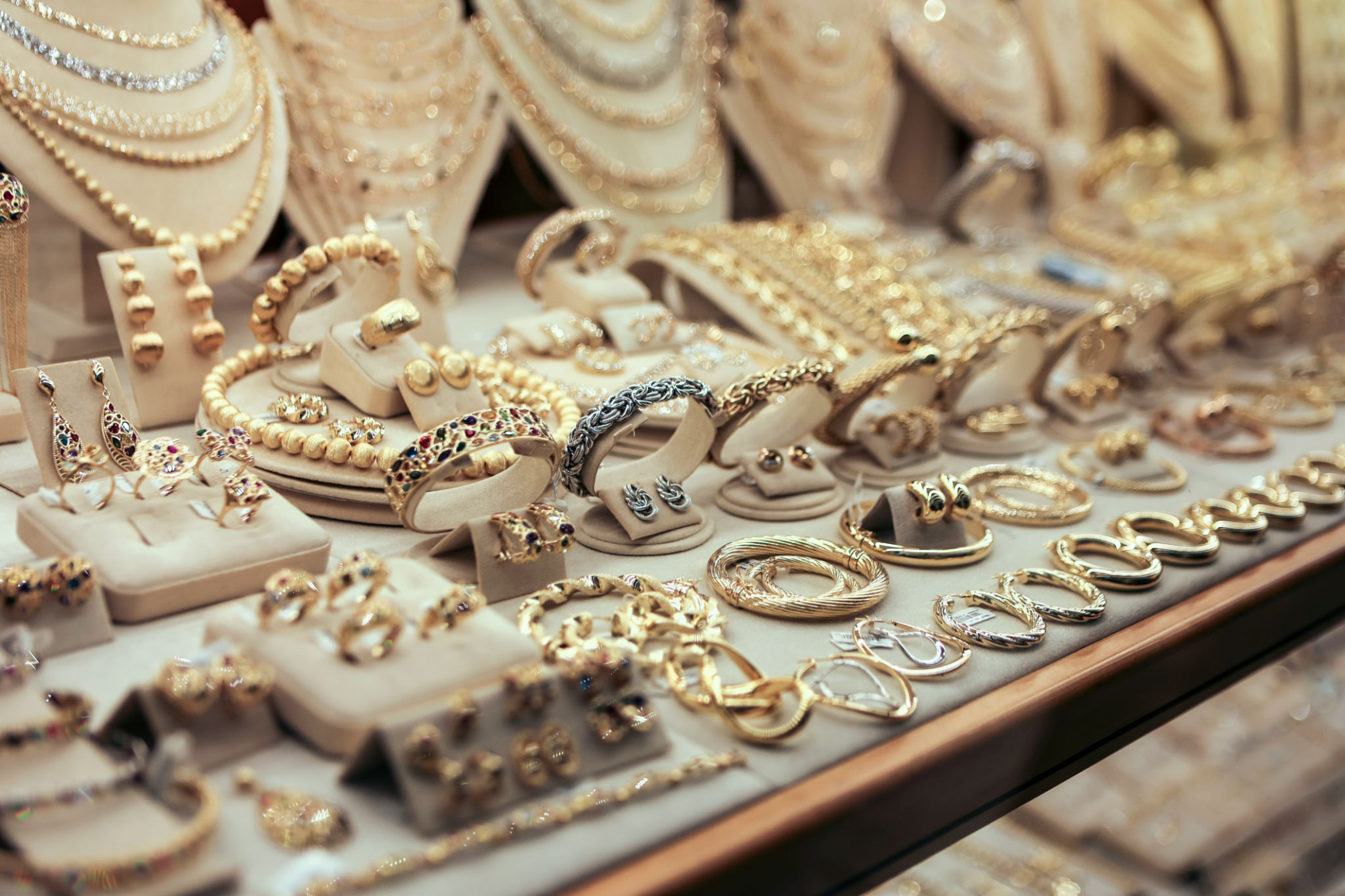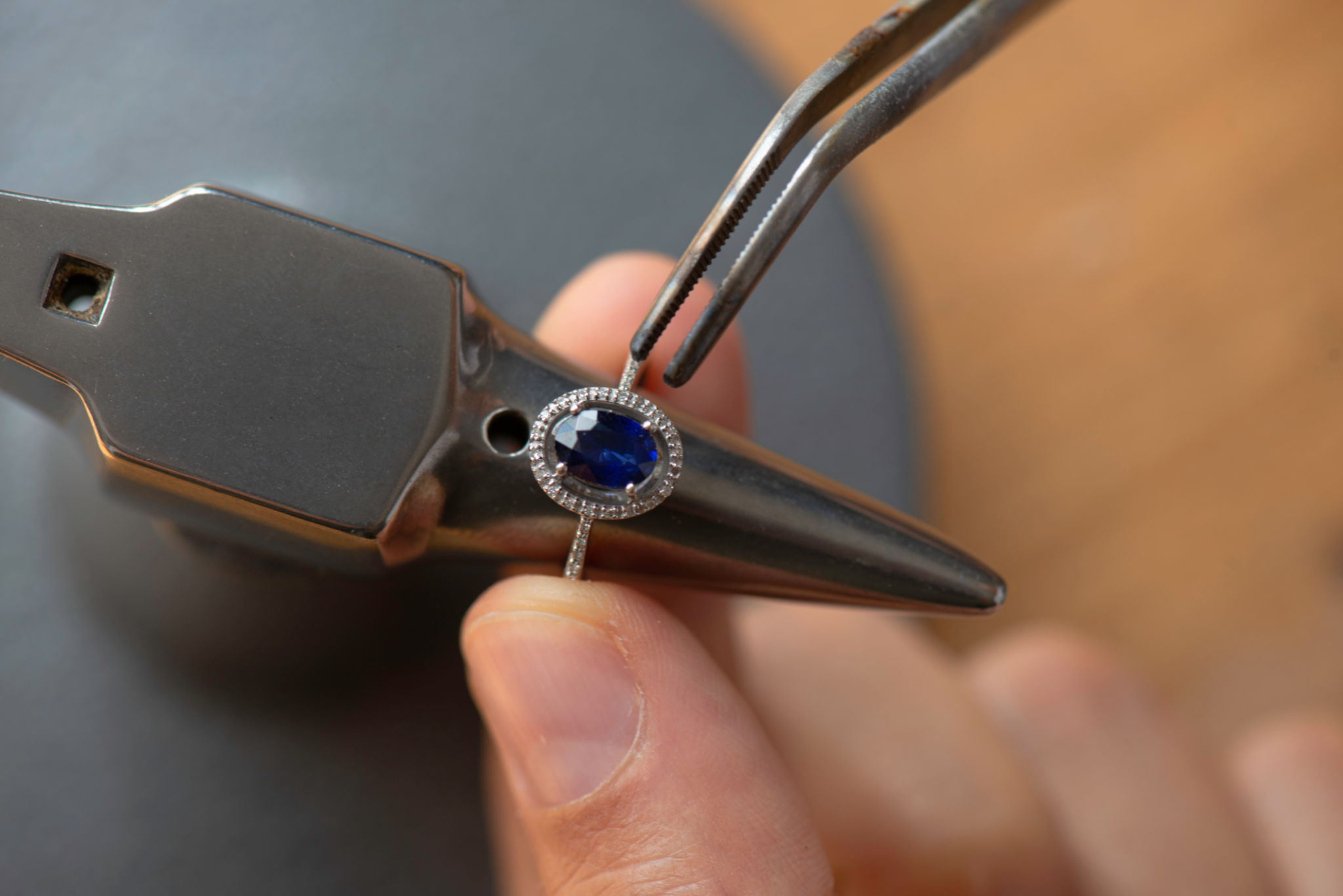Exploring the Latest Trends in 3D Printed Jewelry Designs
The Rise of 3D Printed Jewelry
In recent years, the jewelry industry has witnessed a remarkable transformation, thanks to the advent of 3D printing technology. This innovative approach allows for the creation of intricate and personalized designs that were once unimaginable. As designers and consumers alike embrace this technology, the landscape of jewelry design is evolving rapidly.
3D printed jewelry offers unparalleled customization options. With the ability to produce complex geometries and intricate details, designers can push the boundaries of creativity. This level of precision and personalization is particularly appealing to consumers who seek unique pieces that reflect their individual style.

Innovative Materials and Techniques
One of the most exciting aspects of 3D printed jewelry is the range of materials that can be used. From traditional metals like gold and silver to cutting-edge materials such as bioplastics and ceramics, the possibilities are endless. These diverse materials open up new avenues for experimentation and innovation in jewelry design.
Additionally, the use of advanced techniques like selective laser sintering (SLS) and stereolithography (SLA) enhances the quality and durability of 3D printed pieces. These methods allow for the creation of jewelry that is not only aesthetically pleasing but also robust and long-lasting.

Sustainability in Jewelry Design
An increasing number of consumers are prioritizing sustainability in their purchasing decisions, and 3D printed jewelry addresses this demand effectively. By minimizing waste production and utilizing eco-friendly materials, this technology offers a more sustainable alternative to traditional manufacturing methods.
Moreover, 3D printing allows for on-demand production, which reduces the need for large inventories and further decreases environmental impact. This approach aligns with the growing trend towards sustainable fashion and conscious consumerism.
The Role of Technology in Personalization
Technology plays a crucial role in enabling personalized designs in 3D printed jewelry. With computer-aided design (CAD) software, designers can easily modify templates to create bespoke pieces tailored to individual preferences. This capability enhances customer satisfaction and engagement.

Furthermore, augmented reality (AR) applications are being integrated into the shopping experience, allowing customers to virtually try on jewelry before making a purchase. This not only enhances convenience but also helps in making more informed buying decisions.
Challenges and Future Prospects
Despite its many advantages, 3D printed jewelry still faces some challenges. One major concern is the initial cost of investment in 3D printing equipment, which can be prohibitive for small-scale artisans. However, as technology continues to advance and become more accessible, these barriers are expected to diminish.
Looking ahead, the future of 3D printed jewelry is promising. As designers continue to explore new materials and techniques, we can expect even more innovative creations to emerge. The integration of AI and machine learning could further revolutionize the industry by optimizing design processes and enhancing customization capabilities.